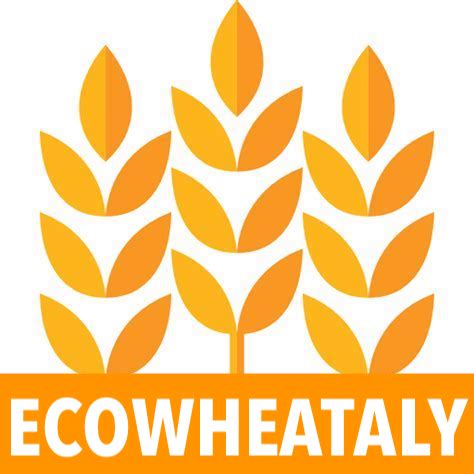Why the CAP is crucial for wheat
In Europe, wheat is not just food: it is a pillar of agriculture, culture, and the rural economy. The Common Agricultural Policy (CAP), created in 1962, has always played a decisive role in the cereal sector, ensuring farmers’ income, market stability, and food security. But over time, support for wheat has also become the subject of heated debate: some see it as essential, others as distortive or unsustainable.
From quotas to liberalization
In the 1970s and 1980s, the EU had very strong support mechanisms: guaranteed prices and public interventions that provided cereal producers with a safety net. This, however, led to chronic surpluses (the infamous “grain mountains” in European silos).
With the reforms of the 1990s and 2000s, the CAP shifted focus: fewer production-linked subsidies and more decoupled direct payments, linked instead to cultivated area and compliance with environmental rules (conditionality).
Today: wheat and eco-schemes
In the 2023–2027 reform, CAP payments are tied to sustainability goals. For cereal growers, this means:
- adopting agroecological practices (more diverse crop rotations, cover crops, reduced chemical inputs);
- accessing eco-schemes: additional incentives for “green” practices such as organic farming, fertilizer reduction, or soil protection.
Many wheat farmers, however, complain that eco-schemes are complicated to implement and not profitable enough compared to rising production costs.
The controversies: who really benefits?
- Inequalities: most CAP funds go to large farms, while small cereal producers receive minimal support. According to European Commission data, 20% of farmers receive about 80% of the funds.
- Market distortions: some argue that subsidies make European wheat less competitive on global markets and create trade tensions with third countries.
- Environmental sustainability: critics claim that although the CAP is greener than before, it is still not sufficient to significantly reduce wheat’s impact in terms of fertilizers, pesticides, and emissions.
Food sovereignty or market dependence?
Another debated point is whether the CAP truly guarantees European food sovereignty, or whether it keeps the system dependent on global dynamics. The Russian invasion of Ukraine in 2022 showed how exposed the European wheat supply chain remains to external shocks, despite internal policies.
The future: toward a fairer and more resilient CAP?
Discussions about the post-2027 CAP focus on:
- more targeted support for small farmers and sustainable farms;
- reducing bureaucracy linked to eco-schemes;
- integrating the CAP with strategies such as the Green Deal and Farm to Fork, which aim to cut pesticides by 50% and fertilizers by 20% by 2030.
Conclusion
For wheat, the CAP embodies an unresolved tension: on one side, it symbolizes food security and European identity; on the other, it highlights the challenges of ecological transition and fair distribution of funds.
Understanding the CAP is not just about subsidies: it means envisioning what kind of agriculture and bread we want in the future — productive, fair, and sustainable.
Sources:
- Matthews, A. (2018). The Future of Direct Payments in the CAP. EuroChoices, 17(2), 32–37.
- Pe’er, G. et al. (2020). Action needed for the EU Common Agricultural Policy to address sustainability challenges. People and Nature, 2(2), 305–316.
- European Commission (2021). The new Common Agricultural Policy: 2023–27.
- D’Amico, M. et al. (2020). The role of CAP in promoting sustainability of cereal farms. Sustainability, 12(4), 1434.

